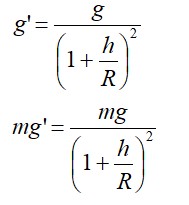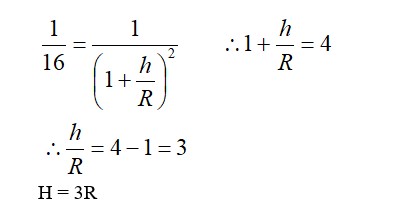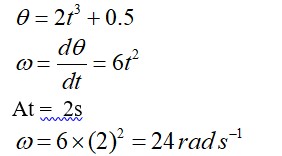As observed from earth, the sun appears to move in an approximate circular orbit. For the motion of another planet like mercury as observed from earth, this would
(a) Be similarly true.
(b) Not be true because the force between earth and mercury is not inverse square law
(c) Not be true because the major gravitational force on mercury is due to sun.
(d) Not be true because mercury is influenced by forces other than gravitational forces.
As observed from earth, the sun appears to move in an approximate circular orbit. For the motion of another planet like mercury as observed from earth, this would
(a) Be similarly true.
(b) Not be true because the force between earth and mercury is not inverse square law
(c) Not be true because the major gravitational force on mercury is due to sun.
(d) Not be true because mercury is influenced by forces other than gravitational forces.
-
1 Answer
-
This is a Multiple Choice Questions as classified in NCERT Exemplar
Answer-c
Explanation-The gravitational force between sun and earth follows inverse square law. Due to relative motion between earth and mercury, the orbit of mercury observed from the earth will not be approximately circular since the major gravitational force on mercury is due to the sun.
Similar Questions for you
->R3 = (R + x)2 (R – x)
->R3 = (R2– x2) (R + x)
->x2 + Rx – R2 = 0
Stress
R is not correct.
Taking an Exam? Selecting a College?
Get authentic answers from experts, students and alumni that you won't find anywhere else
Sign Up on ShikshaOn Shiksha, get access to
- 66k Colleges
- 1.2k Exams
- 680k Reviews
- 1800k Answers




